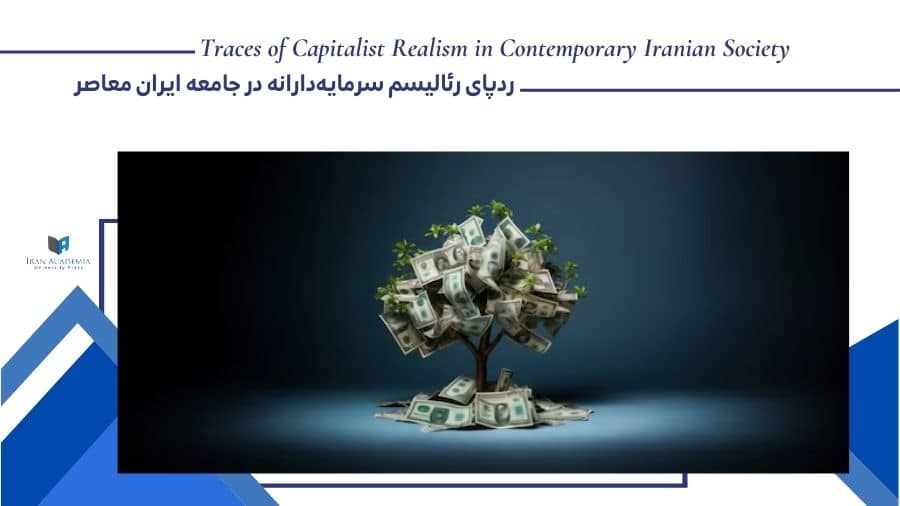Abstract:
Recent political uprisings in Iranian society have failed, without achieving minimal achievements. For the pathology of the failure of these militances, it is necessary to examine the fabric of contemporary Iranian society and its cultural and political relations in the era of late capitalism. Neoliberalism as a form of political economy and cultural body of this period has played an important role in these issues and has led to fundamental changes in the forms of solidarity and types of action. Here we have tried to examine the pathology of failure with Mark Fisher’s term of capitalist realism. Capitalist realism can be defined on the basis of a belief and an attitude. The belief that capitalism is the only viable system and manifests itself in Thatcher’s statement that there is no alternative to capitalism, and the attitude of resignation, defeatism and depression that is related to this belief. Here, an attempt was made to examine the term capitalist realism on Iranian society, especially in the last ten or twenty years, and finding traces of capitalist realism, has been studied at the origin of many recent political failures in the cultural studies; which, In addition to political tyranny and repression, may play a significant role in the lack of solidarity and the reluctance of the population to mobilize for a fundamental change in the political context in Iran and has led to the fact that the political will cannot change the daily lives and attitudes of the population. The lack of an alternative is not unique to Iranian society and this was manifested in the failure of the Arab Spring revolutions, due to the lack of an alternative plan for the regimes in place. The resignation of Iranian citizens along the stream of desire to immigrate can be observed due to despair for the future, and all this is visible in a broader context of changes in labor relations, forms of work, precarious types of work and unemployment, as characteristics of late capitalism.


